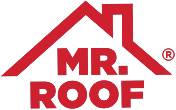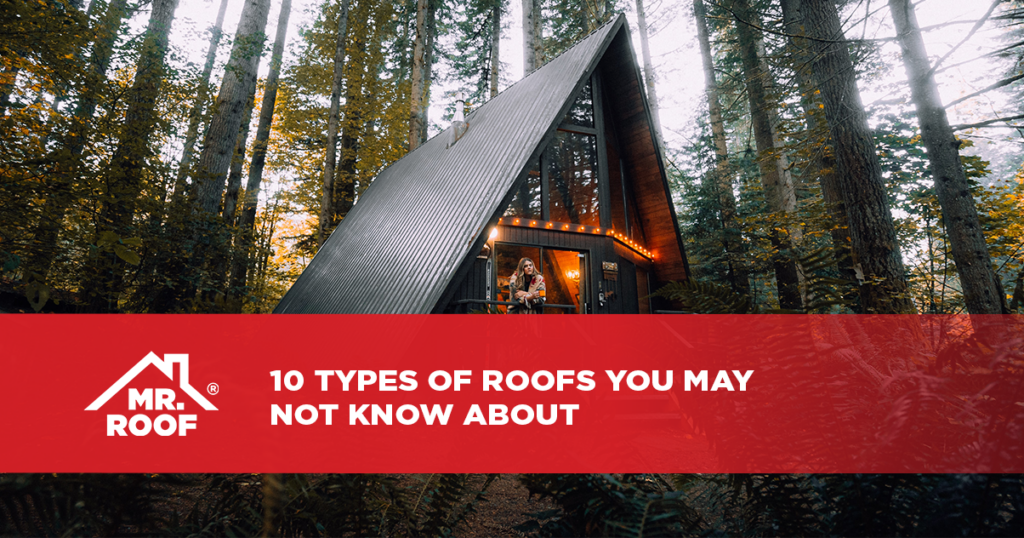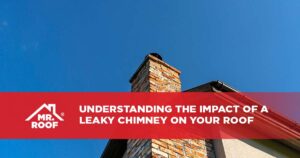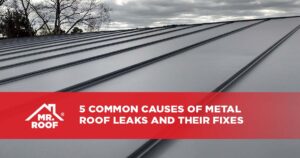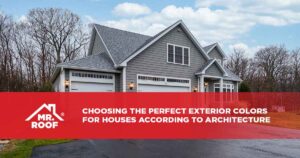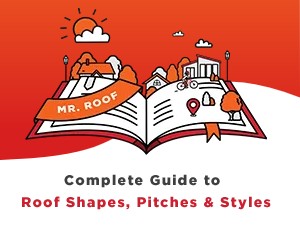Every time you leave your home, you see a plethora of homes and roof shapes. It’s possible that you see hundreds of roof styles every day – and each has a name. The gable roof is one of the most popular in the United States. This roof style is simply a triangle-shaped roof with two sloping sides that meet at a ridge on the top. They are so popular because of their excellent drainage and weather resistance, along with ventilation for the building. Though the gable is a tried-and-true roof shape, there are many more unique roof shapes possible.
Roof shapes for you to consider
If you are looking to go beyond the gable roof, here are a few options to consider.
1. Cross gable
Similar to the regular gable roof, this shape is characterized by multiple gabled sections that meet the main frame of the home at a right angle. The shape formed is usually an L or T shape. The intent is to create more space in the home with an interesting design. These homes often have a more complex layout due to the change in shape direction. These roofs are not recommended for areas with high winds or hurricanes.
2. Flat roof
A flat roof is exactly how it sounds but with an imperceptible slant for water runoff and drain. Flat roofs are one of the most cost-effective, as they require less material due to their smaller surface area. The space on top of the roof can also be utilized for things like gardening and storage, though a large flat roof could be unstable and more affected by extreme temperature fluctuations.
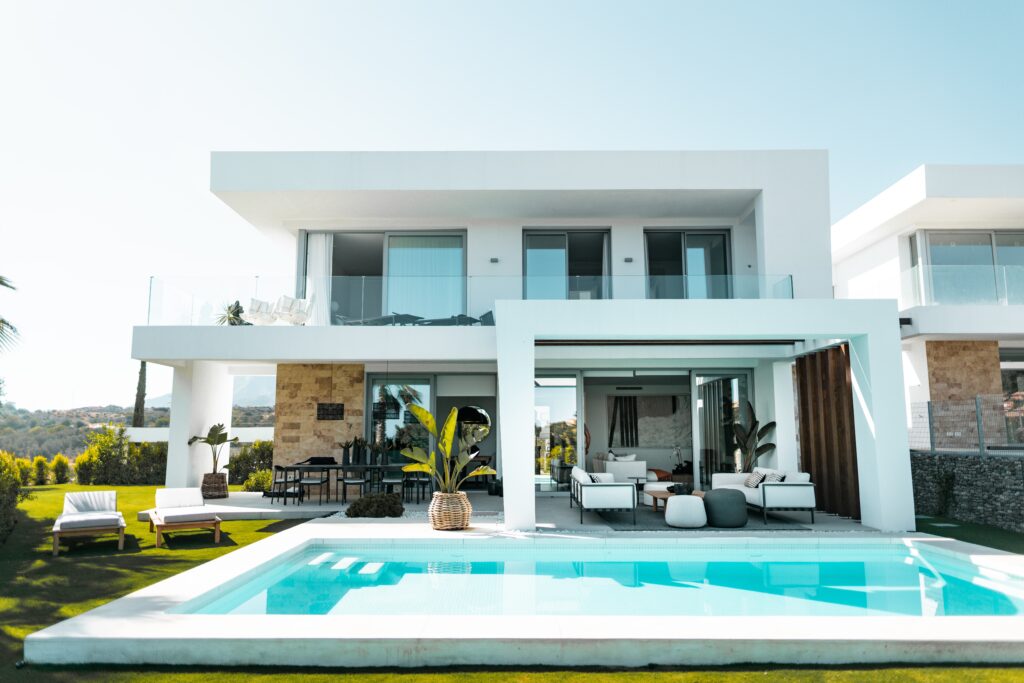
3. Butterfly roof
This roof type is V-shaped, like the wings of a flying butterfly. Two roof pieces slant down towards each other and meet at a lower point in the middle. This shape allows for larger windows and opens the interior to nature while reducing the heating required in winter, though it is complex and expensive to build.
4. Salt box roof
This style of roof is an asymmetric gable design. The roof is a triangle shape, but one side of the gable is longer than the other. It provides a way to get more space within the home without using a lot of material or compromising water runoff, but the indoor ceilings may need to be slanted in compromise for space.
5. Sawtooth roof
A sawtooth roof has peaks like the teeth on the saw blade. The sloped and vertical surfaces alternate, with windows typically installed on the pitched roof to allow more warmth and daylight inside the structure. Solar panel mounting is great for sawtooth roofs because of the multiple slope surfaces. The extra materials and labor needed make this a more expensive style of roof.
6. Oblique roof
Oblique roofs are steeply pitched with a high point on one side and a low point on the other. It is a statement roof that appears to reach for the sky above it. The tall side of the building allows for more windows to be placed and more natural light to stream in, while also giving the house a strong and bold character.
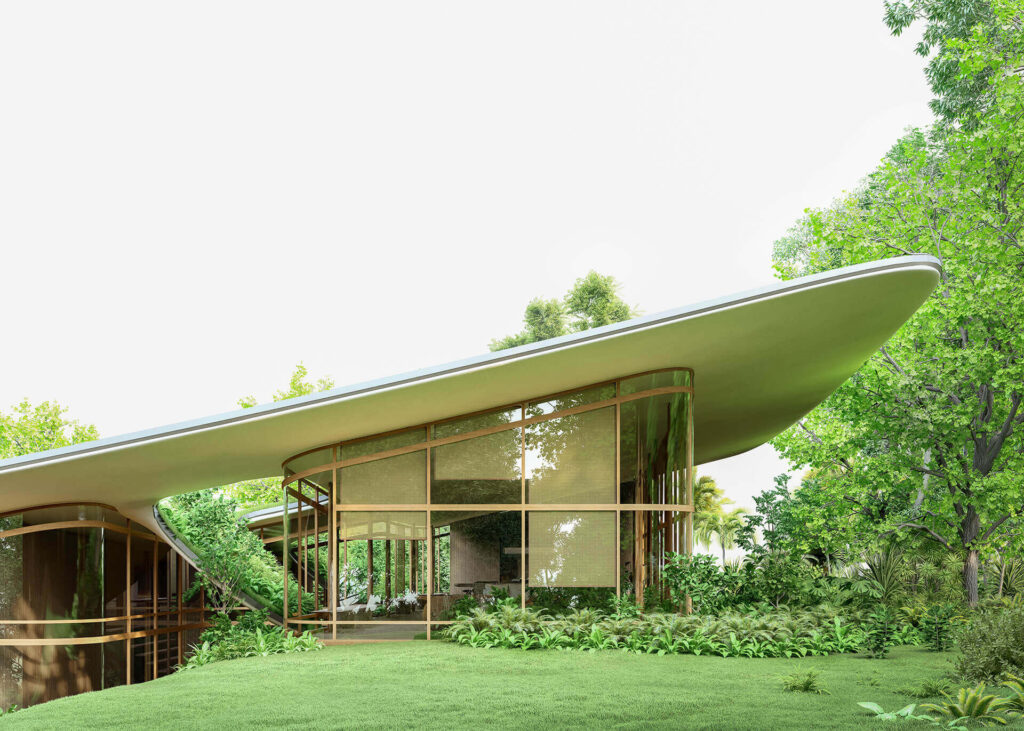
7. Curved roof
This roof type is a curved structure, with the option to curve both down towards the building or up towards the sky. This shape is achieved by using materials like metal that naturally bend. This type of roof can reduce the structure’s resistance to the wind but is typically chosen for its interesting aesthetic.
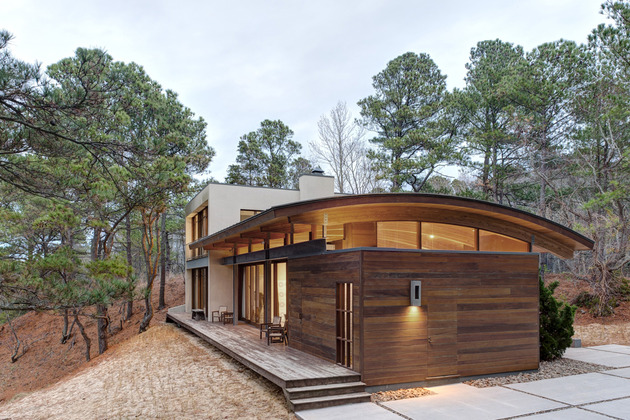
8. Dormer roof
Dormer roofs have a window that projects from a traditional pitched roof. This creates an extended window in the roof that results in more space and natural light. This roof type is popular in loft conversions and upper floors. A dormer window can be present on many types of roofs, but the seams can be a potential leak risk, and they can be expensive to install.
9. Gambrel roof
The gambrel roof has four flat surfaces, two on each side. The top two planes are less steep than the bottom two planes. This design offers more space on the inside, making it popular for barns. Gambrel roofs have an interesting aesthetic and architectural vibe while providing great drainage and durability. They are not advised to be used in areas with heavy snowfall or winds.
10. A-Frame roof
This style of roof is simple: the steep roof sides extend to the ground or close to the ground. The walls of the home are also the roof of the home. The A-Frame roof is inexpensive and ideal for locations with frequent snow buildup, as the steep sides prevent damage from the weight of the snow.
Get advice before deciding
If you aren’t sure of the best shape for your structure, contact us today. We can discuss a plan that suits your taste and your home.
